Start Small Then Scale: The Three-Step Plan to 3D Fashion Success
For many clothing brands, physical samples continue to be the cornerstone of their go-to-market process. They allow designers to validate their ideas, visual merchandisers to refine their store looks and salespeople to convince their wholesale buyers. In many aspects, nothing beats the real thing.
Many processes around acquiring ‘the real thing’, however, are volatile and easily disrupted by miscommunication, delays and logistical challenges. Samples often arrive too late or not at all, they are expensive to make and ship and are – of course – far from sustainable.
It also turns out that the real thing isn’t as available to everyone within the company as brands would like – and that many have to make do with a photograph – if they’re lucky. The frustration and dread involved with presenting a new collection with print outs of simple line art is something we’ve encountered at every brand we’ve collaborated with.
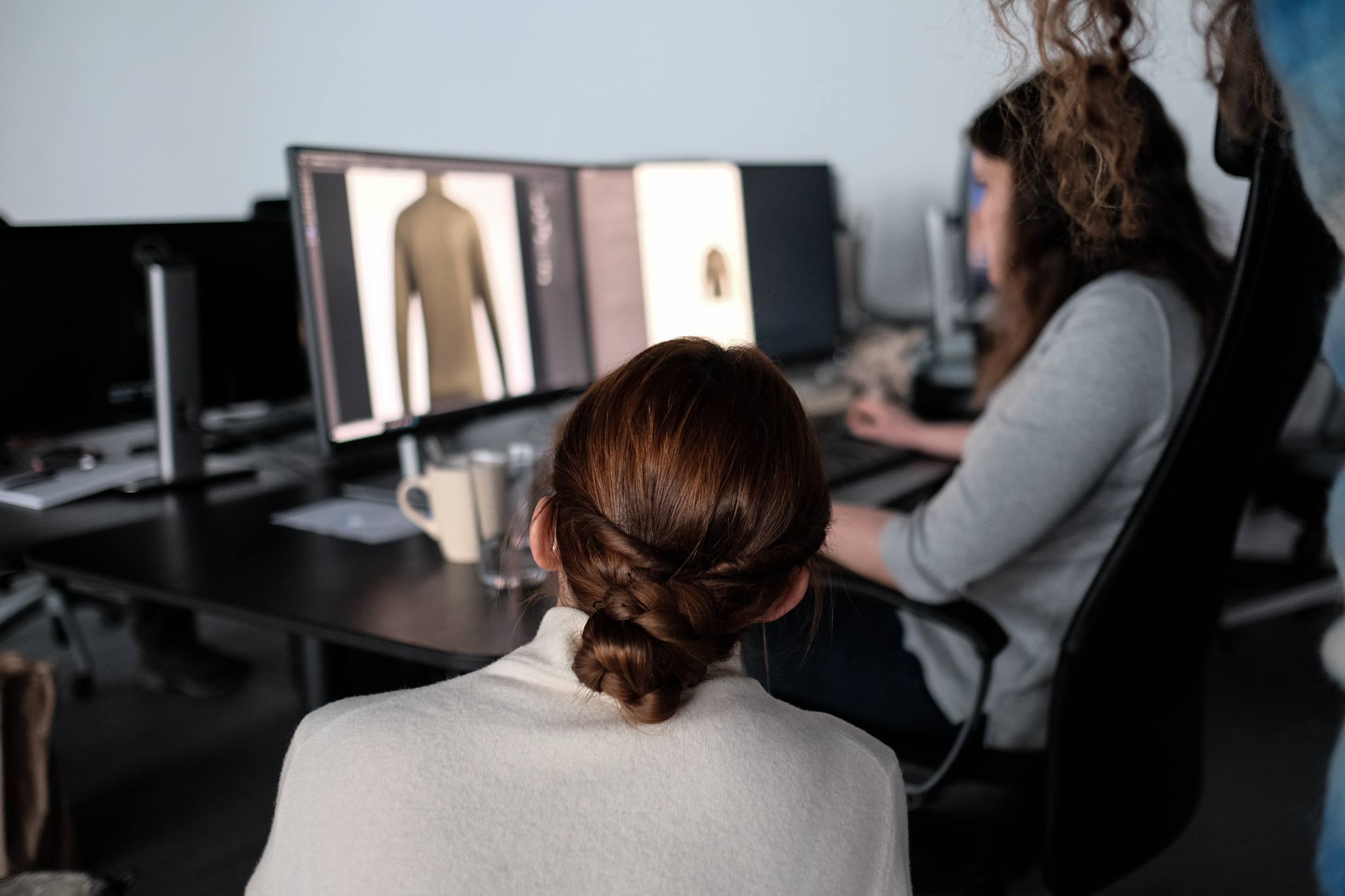
These dire times, where we are all forced to work remotely and shy away from physicality as much as possible, are causing the industry to realise the value of 3D fashion. Even though digitisation in the fashion industry has been around for quite a while, a lot of brands have been set in their ways. Pencils, paper and physical samples are still the norm for many. It is only when physical is no longer an option, that brands suddenly need to reinvent their workflow. Luckily, solutions providers and innovative companies are at the ready to showcase the true power of digital. Whether a brand needs to lay the foundation for their new workflow, or have already realised its potential and are ready to scale up.
Starting a 3D fashion journey, or scaling up your current efforts might seem like a daunting task. But if you ask the right questions and determine the specific areas of your workflow that need innovation, it really is not rocket science. In our 20 years of being active in the fashion innovation scene, we have had lots of questions from brands that are either starting out, or scaling up, so we want to use this article to help you distinguish the different use cases for 3D, narrow down your specific needs, and turn what might seem like a mountain into a series of smaller, more manageable steps.
Step 1: Defining the 3D sample
Do you intend to use 3D for wholesale, B2C ecommerce, internal collaboration or something else? How you intend to apply 3D will determine the quality level you should be aiming for.
Many brands start their digitisation process expecting every 3D sample to have one level of quality: the highest. Often you don’t need that level of detail at all. When adopting 3D samples into your workflow, it is very important to determine the end use of those samples. A single digital garment in your web shop, meant to match the level of detail a regular garment has, needs to look as crisp as possible. But when merchandising a virtual store for example, which will only be seen internally, it is no longer about the single garment – it’s about the store as a whole, which means individual products do not need the same level of fidelity.
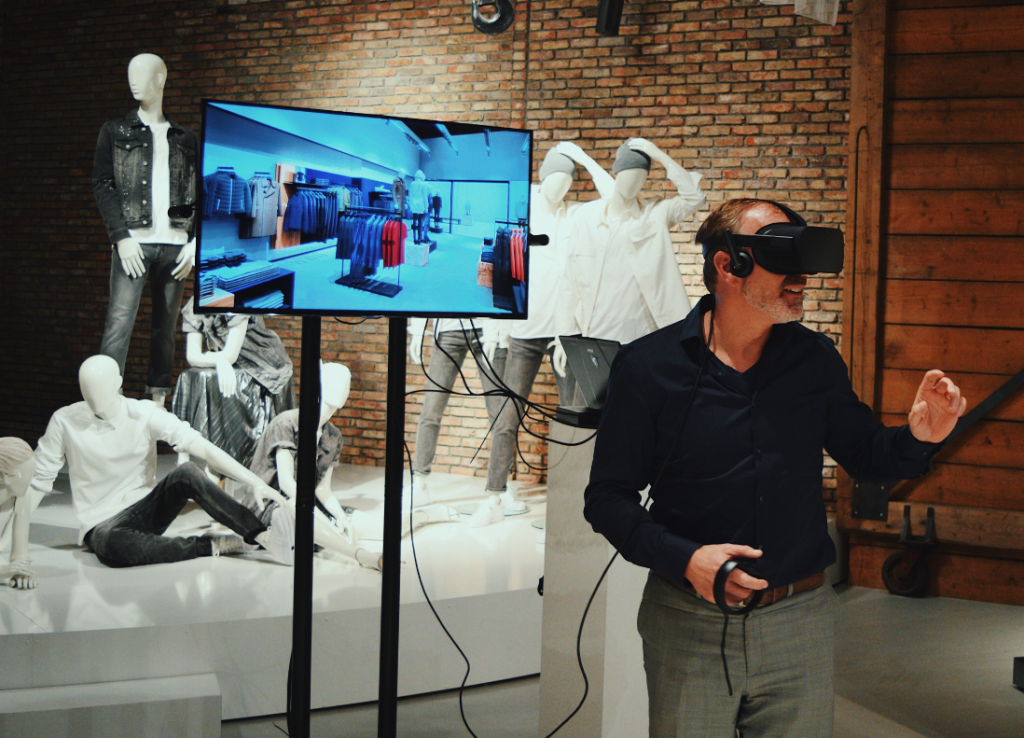
Similarly, a 3D fashion sample used in the early design stages can be lower in detail and fidelity than a 3D sample used in marketing campaigns or B2C ecommerce.
You may already have evaluated one or more possible use cases for 3D within your business, but the possibilities might be much broader than you think. In our experience, the primary uses of 3D have been:
- Design process: Having your design department work with 3D, for design review purposes (which can be done internally or externally)
- Fitting: aligning digital patterns to digital fitting models
- Virtual sampling: sharing samples of finalised design throughout your organisation
- Support sourcing process and prepare for manufacturing
- Visual Merchandising
- Assortment and line planning
- Sell-in in virtual showrooms
- Marketing campaigns, style photography
- Online and e-commerce
When working with high quantities or internally for approval – which is the case for several of these use cases – a lower quality garment will often suffice. The importance is determining the end use, the level of detail needed and the number of garments that you require. One of the biggest sports retailers in the world has converted their B2B wholesale experience to be almost entirely digital – replacing the vast majority of their physical collection (more than 10,000 items per season) with 3D samples.
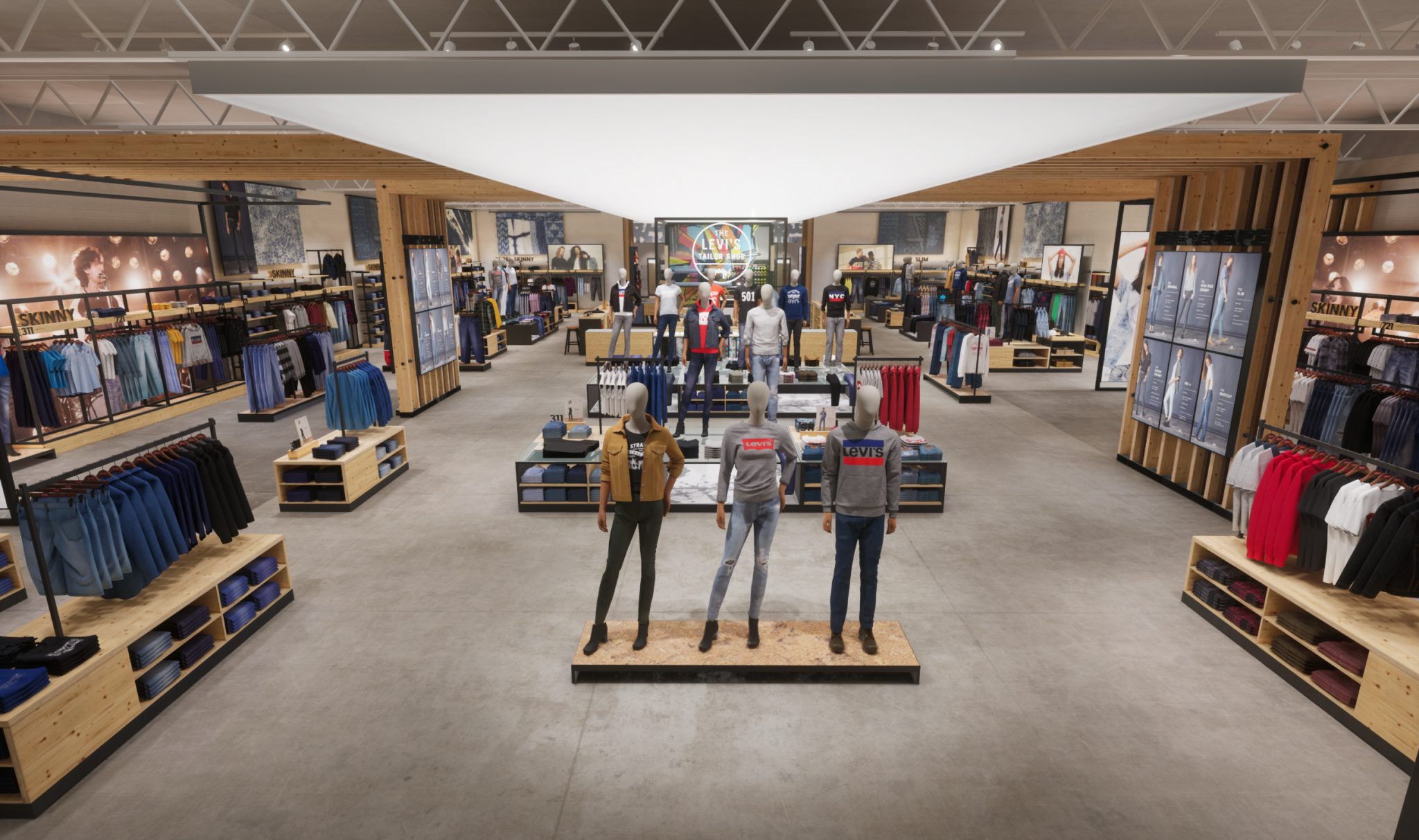
As you might expect, these are not all created at the highest possible quality, because the time and cost of producing samples of that fidelity would eat into their value. The sweet spot lies in the middle ground, where the quality of the digital garments and the price tag attached to creating them in 3D both make sense.
In our efforts to make digitization in the fashion industry more accessible, we have even found that a generic 3D clothing library will do trick in some cases. When you are planning the assortments for the coming season, for example, you can simply attach data like: SKU code, color, pricing, category and size, to a generic 3D fashion garment. You will still be able to get a good overview of what assortments work best, in a visual way, without investing too much in the creation of custom assets.
Step 2: Scaling the 3D production process
From first-hand experience, we know it is nearly impossible to go from a standstill to a full sprint in the blink of an eye. Looking to produce 500 garments a day (which could be a viable target longer term) instantly is destined to end in disappointment.
Instead, each brand starting out with 3D needs to look inwards and assess their capacity and capabilities. What 3D knowledge does the company already possess? What processes are already digitised, and how can you take advantage of those for the team that will take on the 3D production?
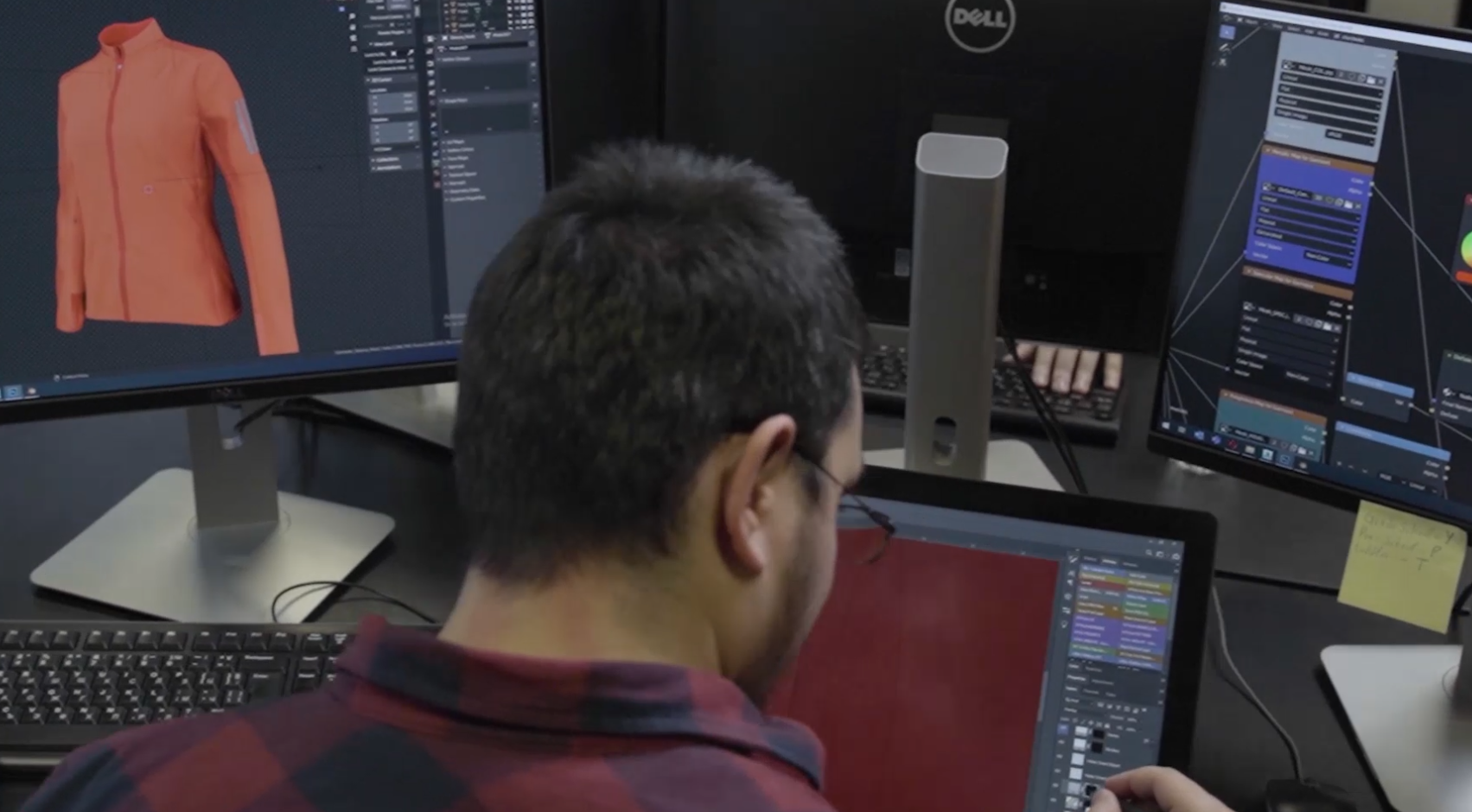
It is always best to start out small and focused, before you start expanding 3D to other parts of your organisation. Cut up your entire concept to consumer process into bite size pieces, and identify the placed it makes sense to transform your workflow first. Start out with a small, dedicated team, find the right software to ignite their passion and your 3D fashion production efforts, and give that team the time and trust to really make it their own. After that, you can start sharing that knowledge within your company and across silos and teams, building sustainable 3D momentum that will last, and identifying the areas where it pays to spend time creating high-fidelity 3D models, and the places where it doesn’t.
In the early design stages, when you are working with broader concepts and designs, it may be best to leave room for interpretation and creativity when creating 3D assets. At this level, details are less important and designs will often change, so creating a life-like 3D sample of a particular garment is probably not worth your time and recourses – especially when you consider that the stakeholders using 3D at this stage can often make their decisions perfectly well with low-quality versions of garments.
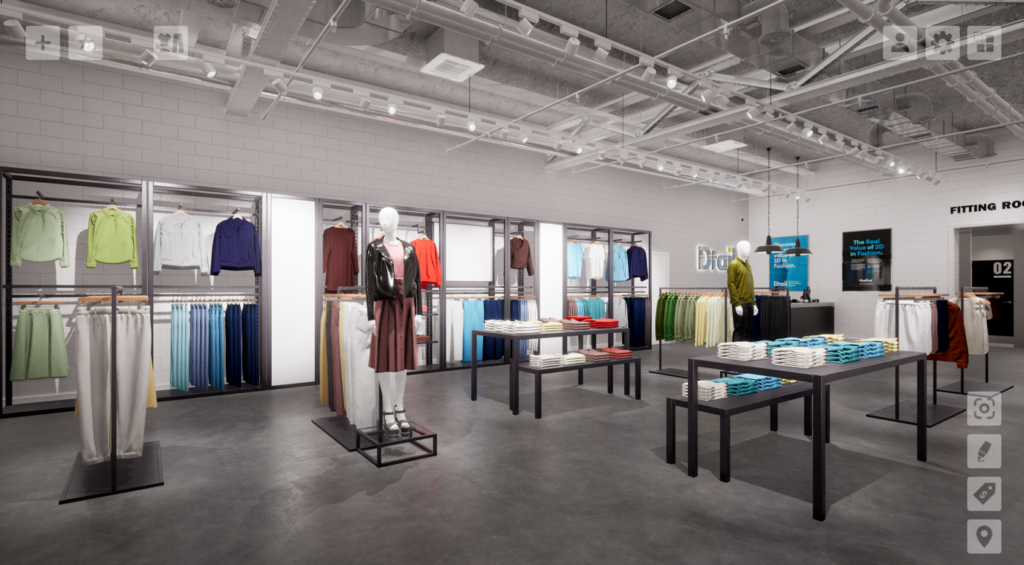
Step 3: Taking your 3D models further
Once your 3D library is in place, we can start looking at integrating the 3D models into a single environment which you can start using at different stages of your workflow. Prior to this, though, there are some extra considerations to take into account. Before we upload a 3D clothing model into our interactive merchandising platform, for example, there are a few layers that need to be added on in order for the 3D garment to look as good as possible and fit in, as seamlessly as possible.
At PixelPool, we have adopted the Physical Based Rendering (PBR) workflow. Which means that the engine you use, whether that is on desktop or online, tries to mimic the real world as much as possible. The human eye can decipher whether something is shiny, smooth, has texture or is translucent. In order for the engine to visualize an object in that exact same way, we need to attach certain data to that model. In our case, we add textures, or maps, to the 3D clothing models. In order to convey the right characteristics of a certain object.
We use three maps in order to do this correctly. The first is an ‘ARM’ map, which actually consists of three maps in total:
- A = AO – The AO map darkens the area where global illumination wouldn’t come easily (corners, folds)
- R = Roughness – Has all the information about the “roughness” or shininess of an object.
- M = Metallic – Has all the information on how metallic an object is.
Normally these would be three separate maps, but because they are all greyscale, we can plug them into the RGB channel of a regular .jpg or other format. Which allows us to combine 3 into 1.
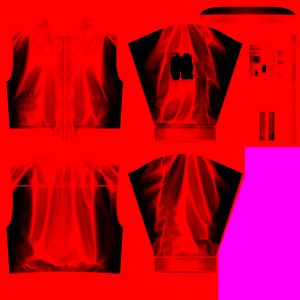
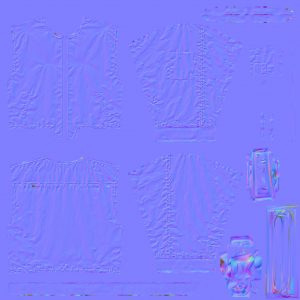
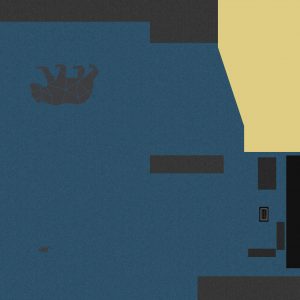
With the ARM map in place, the general appearance is complete. Now we need to move onto the finer details, which we do with the normal map. The normal map gives the model more detail, such as: bumps, scratches, holes, zippers, buttons, etc. This map basically includes anything that would be too costly to include as a mesh, but you still want to have visible on the model. For us, this is a very important map. Especially when working with intricate garments.
Then lastly: we will add the Albedo map. This map will take our model out of black and white and give it some colour. Besides the colour of the fabric or patterns on the garment, the albedo map also takes care of the smallest details like stitches and patches.
Conclusion
The digitisation of the fashion industry has been a long time coming, but there are already a vast amount of solutions providers offering different tools and services to help power that process, which is suddenly more important than ever.
Navigating through this innovation landscape and convincing your executive team to invest is not an easy task, but we hope that the three-step plan set out in this article can help to add weight, context, and clear direction to your strategy. Wherever you start, the goals is to plant a 3D fashion seed somewhere in your workflow and nourish it. Share your experiences and do not be afraid to ask for help.
In difficult times, we turn to each other for solutions. In doing so, we often become aware of shortcomings in the sustainability of how we conduct or businesses and run our industry. In the case of COVID-19, the brands and retailers that have been approaching PixelPool realise that there is no better time to start reinventing, than now.
So let’s design the future of fashion together.
